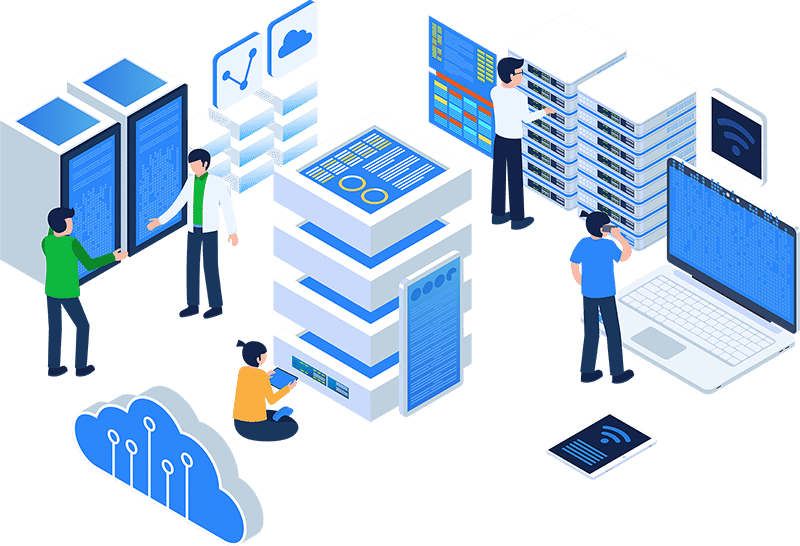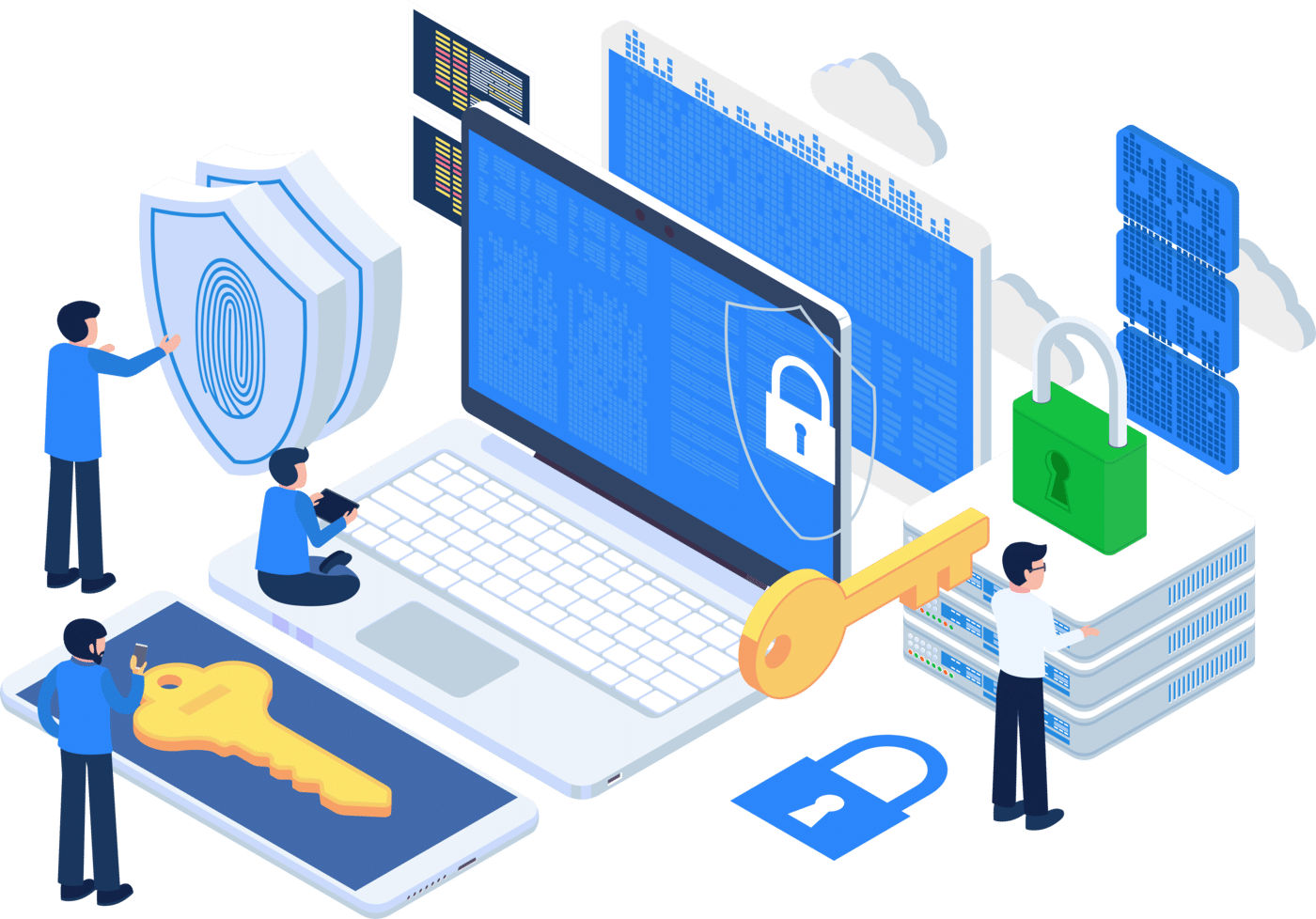Long Outages Due to Manual DNS Failover
Today, businesses require access to reliable internet service to meet the demands of their customers, business partners, and employees. Even though internet technology has come a long way, occasional outages are inevitable. However, how businesses manage these outages can make a big difference. Outages due to DNS errors can be quickly addressed if the right systems are in place. However, in businesses need to make DNS changes manually, an outage can cause prolonged downtime. In critical businesses, even 30 minutes of downtime can cause significant losses.
The Problem with Manual Failover
A DNS outage happens when you are not able to connect to an IP address. Usually, this place simply because there is a block between the device and the network which leads to a lack of internet access. Although they are inevitable, internet downtime is a major issue because it impacts the productivity, responsiveness, and revenue of businesses in every industry. They also can cause frustration on behalf of business partners, clients, and employees, leading to other issues.
When your business relies on manual failover, a DNS outage can turn into an even larger issue for your business. Manual failover typically results in longer periods of downtime when a trained IT professional has to manually point the DNS protocol in the right direction. If there is no in-house IT team, then it could take hours or even days to get the internet up and running again. Furthermore, if this outage takes place outside of routine business hours, this could be an expensive fix and may not be fixed until business hours resume.
Who Is Impacted by DNS Outages?
Virtually any company that relies on a public (or private) internet connection runs the risk of developing manual DNS outages from time to time. However, those who do not have an in-house IT department may suffer more greatly from the faults in manual failover, which includes extended downtimes. The following industries are examples of how outages can disrupt important operations:
Healthcare Institutions: Hospitals and other healthcare practices rely on the internet to transmit orders from doctors to nurses, upload patient information, and handle video calls between multiple departments. A DNS outage could completely disrupt the processes within a hospital, causing all patient care to grind to a halt. This can cause extreme negative impact on patient health, even leading to death in extreme cases.
Educational Institutions: Today, numerous schools and universities rely on the internet to administer tests, communicate with teachers and students, and upload educational materials. Without reliable DNS connections, the quality of student education suffers.
Airlines: Airlines run thousands of flights each day, needing a tremendous amount of data to do so. Therefore, an outage that causes inaccessible data can delay flights and cost the airline a significant amount. For example, Delta Airlines had an outage occur at one of their data centers for only 5 hours, yet due to thousands of grounded flights, the outage cost the company 150 million dollars.
Due to the immense impact an outage can have on a business’s operations, it is important to understand how the failover process can be improved.

How DNS Outages and Manual DNS Failovers Can Be Rectified
All businesses need to think about other ways they can address DNS outages. Fortunately, there are alternatives to manual DNS failovers.
While occasional DNS outages are common, they can be decreased with the right security measures. Furthermore, there are alternatives to manual failovers, which result in a shorter internet downtime and decrease the costs companies incur due to this happening.

Some of the alternative options include:
- Border Gateway Protocol: Also called a BGP this is a standardized, exterior gateway protocol that allows computers to exchange routing information automatically, improving the reliability of internet access. While this would address the problem, it also has to be done for each individual location. This makes BGP protocols exceedingly expensive.
- SD-WAN: Another option is to sign up for SD-WAN services. This creates an overlay network that provides real-time routing information based on what is happening with the network at the present time. In essence, SD-WAN acts like a security blanket, ensuring that there is no downtime. If the primary server goes down, SD-WAN detects this dropped service and switches all internet traffic over to a circuit that is still available automatically. There is no manual intervention required, saving you the burden of emergently contacting an IT team. Then, a report is sent to the network administration team so they can fix the primary circuit.
Because SD-WAN uses floating IPs, it mimics BGP services but is less expensive. It is less costly to install and maintain while still providing automated DNS outage protection.
At Coeo Solutions, we provide you with access to expert network and IT professionals who can maximize your network uptime while minimizing downtime. If you would like to learn more about how we can help you improve your failover process, contact us today for an audit of your existing systems!
How Do We Do It
We call it #TheCoeoWay. It’s a blend of leading-edge technology, fully customized solutions, total transparency and a deep commitment to customer service that sets Coeo apart.